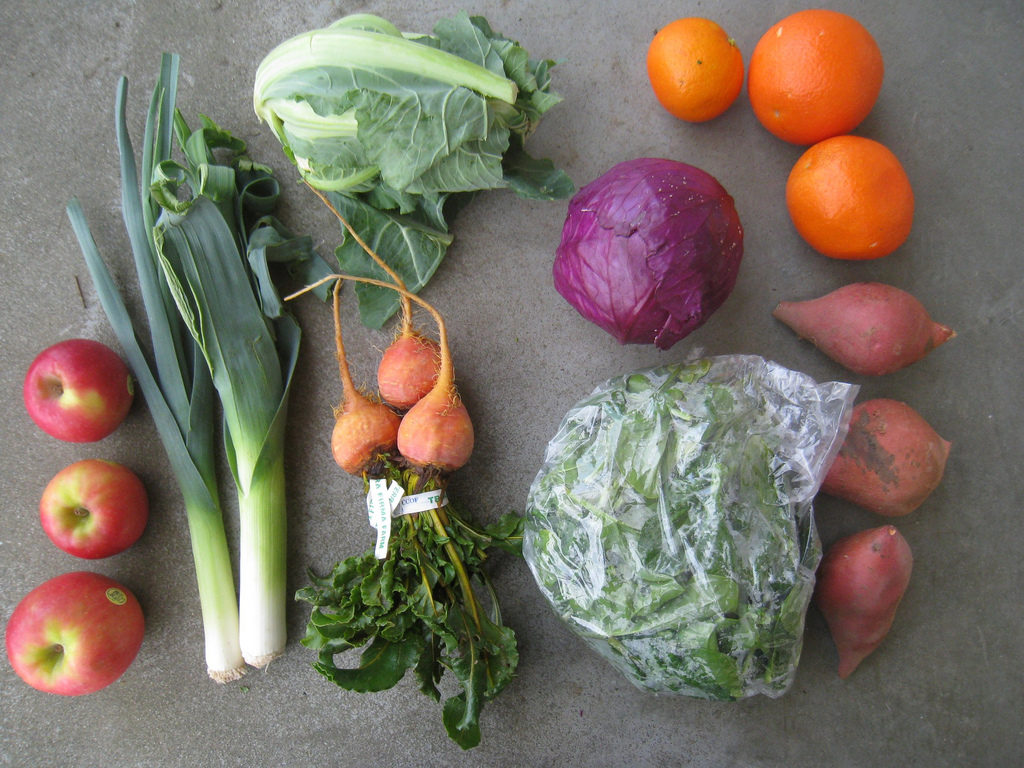According to the analysis based on Planetary Boundaries theory, conventional agriculture is responsible for significant biodiversity loss, rising global CO2 emissions and excessive eutrophication. Agriculture, in fact, influences all of the nine planetary boundaries in one way or another and recent research results urge for a new paradigm.
The research and development community has been looking into various ways to make this change possible, and an agroecological approach has given cause for high expectations. Agroecology is a scientific and systematic approach to sustainable agriculture which follows ecological principles such as biodiversity and succession. This “nothing wasted, everything transformed” approach preaches for low input, nutrient cycling and carbon sequestration. Agroecology also has a strong social focus, paying attention to public health, cultural values, and community resilience as well as linking to social and economic justice.
To the sceptic, they may say that all this sounds familiar and similar language is used in climate-smart agriculture or in organic farming. So, we asked Barbara Gemmill-Herren, Programme Specialist in Sustainable Agriculture at FAO to tell us more about the special features of agroecology and its practice.
Q: How does agroecology differ from other approaches like climate-smart agriculture, landscape approach and organic agriculture?
BH: One of the very helpful outcomes of our International Symposium on Agroecology for Food Security and Nutrition last year was recognition that there are multiple pathways to sustainability; each may have strong validity but different focus. They are not the same, but they have many overlaps. Climate Smart Agriculture is a relatively new initiative formulated specifically to address how agriculture is viewed within the Climate Change Convention, it stresses that agriculture mitigation potential should not be viewed alone, but in a coherent “package” with adaptation to climate change and food security.
Agroecology, on the other hand, is a very old, elaborated concept, dating as a scientific discipline to the 1920s. It has a broad focus, and, unlike CSA, is not a technical “package”, but a set of robust basic principles with focus on recycling, efficiency, diversity, biological regulation, interactions, and synergies (with credit to Pablo Tittonnel to distill these from the classical works on Agroecology). As he notes, “The choice of management practices and technologies to achieve these principles is always location specific, shaped by a given social-ecological context”.
Landscape approaches are important in agroecology, particularly because agroecology is not only about biological interactions, but also social interactions, farmer empowerment and building social capital across communities and landscapes.
Agroecology and organic agriculture have many points of convergence. The major difference is that there are no standards and certification systems in agroecology. Agroecology surely offers a way of designing farming systems in order to meet organic standards, including replacing inputs with biological interactions. Certification standards are starting to value context-specificity of agroecology.
Q: What do you see as the major challenge for the implementation of agroecology on the ground?
BH: Agroecology respects farmer knowledge and treats it as a valuable input. Thus outreach communication and work with farmers to address their challenges is critical. Few governments allocate sufficient resources to this sort of work and extension services with farmer needs and perceptions at the center. But there is a growing interest in establishing farmer research networks, and sharing such knowledge with the scientific community.
Q: How do you see agroecology policy and its application in the current international relations setting? How do you see it in the future?
BH: Last year, both Brazil and France have adopted agroecology policies; this is surely no coincidence as agroecology gains traction. Within the international arena, agroecological approaches have been recognized in two instruments of the Committee on Food Security, the Voluntary Guidelines on Land Tenure, and the Principles for Responsible Investment in Agriculture and Food Systems. Thus, agroecology is now in the vocabulary of the inter-governmental, and governmental processes, and will undoubtedly grow. It will be interesting to see how it may enter into the policy arena at local levels, which is where implementation will be key.
Q: What is, in your opinion, the potential of agroecology for food security and development?
BH: In my opinion, agroecology – in its largest sense as the ecology of sustainable food systems, is the most comprehensive paradigm for food security and development, encompassing the need for regenerative and efficient farming systems, adaptable to climate change, and socially equitable.
Would like to know more about agroeoclogy and its implementation? SIANI’s Expert Group policy brief focuses on agriculture transformation in low-income countries, shows how agroecological approach can help to limit the impact of agriculture on each of the Planetary Boundaries.
